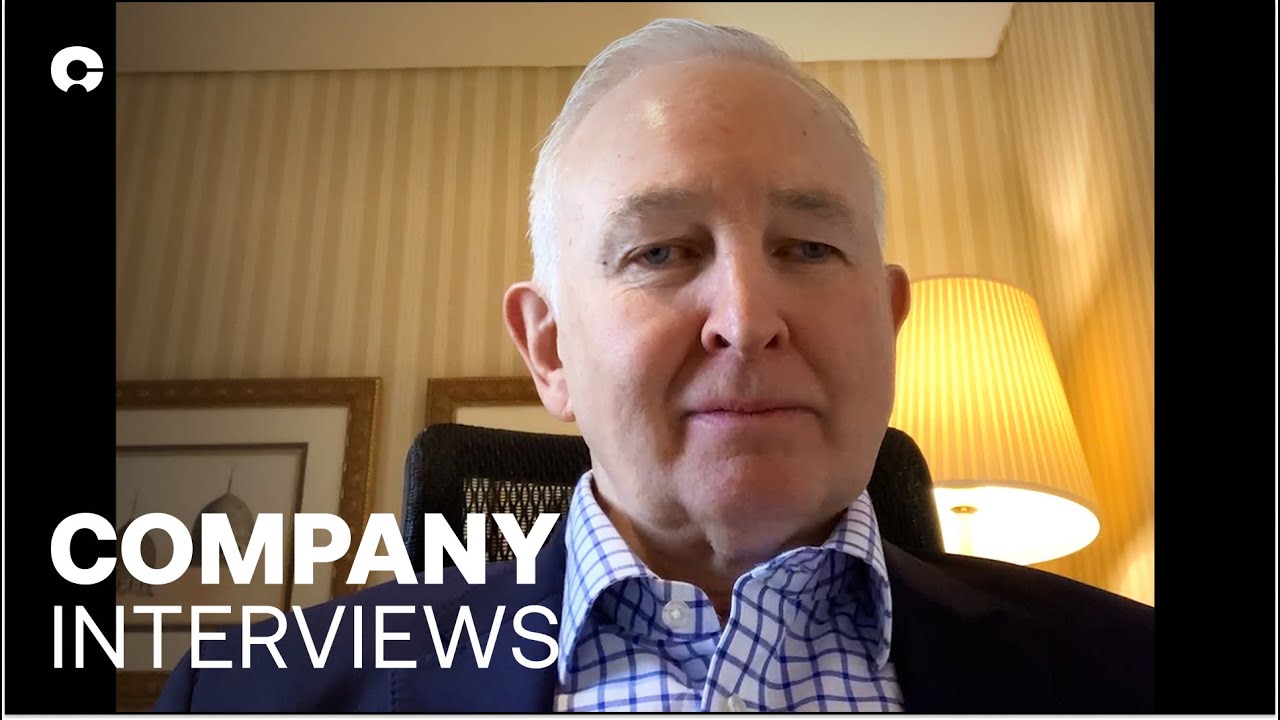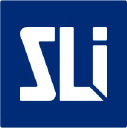Lithium Americas
NYSE: CLOSED
TSE: CLOSED
LSE: CLOSED
HKE: CLOSED
NSE: CLOSED
BM&F: CLOSED
ASX: CLOSED
FWB: CLOSED
MOEX: CLOSED
JSE: CLOSED
DIFX: CLOSED
SSE: CLOSED
NZSX: CLOSED
TSX: CLOSED
SGX: CLOSED
NYSE: CLOSED
TSE: CLOSED
LSE: CLOSED
HKE: CLOSED
NSE: CLOSED
BM&F: CLOSED
ASX: CLOSED
FWB: CLOSED
MOEX: CLOSED
JSE: CLOSED
DIFX: CLOSED
SSE: CLOSED
NZSX: CLOSED
TSX: CLOSED
SGX: CLOSED



American Lithium

Crux Investor Index
4
–
Market Cap (USD)
124653706
Symbol
TSXV:LI
Stage of development

Development
Primary COMMODITY
Lithium
Additional commodities
Uranium
American Lithium is developing two advanced-stage scaleable lithium projects in the Americas, as well as one of the planet's largest uranium projects.
The Company is looking to play a key role in the shift to a secure, sustainable new energy paradigm. With a focus on Nevada and Peru, the Company has the advantage of both geographic and geological diversity in developing significant, scalable projects in strong mining jurisdictions.
The Company’s core assets are its TLC lithium project in Nevada as well as the Falchani lithium project in Southern Peru, both of which benefit from robust preliminary economic assessments (PEA’s) and are advancing through Pre-Feasibility. The Company’s other asset in Peru is the large-scale Macusani uranium project which has seen significant historical work including several economic studies. This Project is ready to move into piloting and the next phase of drilling as it moves through pre-feasibility.
Article
No analyst notes
Opportunity
American Lithium is focused on building significant shareholder value by continuing to advance its three development stage projects – all of which benefit from strong supply/demand fundamentals and considerable commercial potential.
The recently released PEA on TLC lithium project showcases very robust economics with an NPV of US$3.3billion for lithium alone.
A newly-updated and upgraded resource estimate for Falchani demonstrates a 476% increase in the overall size of the deposit. Accordingly, an updated PEA is imminent and will assign a new, far more robust Net Present Value (NPV) for Falchani.
With this significant boost in Falchani's NPV, as well as several other accretive near-term milestones and value drivers, as both TLC and Falchani move through Pre-Feasibility, American Lithium has the prospect of a share price re-rating in the near-term.
Macusani’s discounted NPV of US$603 million and its low-cost profile of US$17lb of uranium (one of the lowest in the industry), both set out in its 2016 PEA, are highly compelling metrics and its economics should improve further based on recent pre-concentration and process engineering refinements. It’s hard for a uranium project to attract an appropriate valuation/profile within a lithium developer. Hence, the Company continues to assess the strategic options to unlock the value of this large-scale project for the benefit of existing shareholders.
Summary
Led by an accomplished management team with a proven track record of value creation and strong technical ability, American Lithium has a strong treasury to execute its business plan, with many near-term catalysts and value drivers helping underpin a potential re-rating from recent share price consolidation and a strong entry point for investors.
The TLC project, a near-surface, claystone lithium deposit is strategically located in the heart of Nevada’s premier lithium trend (the Esmerelda Trend) and is approximately a 3-hour drive from Tesla’s Giga Factory. Two of the other major claystones projects in the region include Lithium America’s Thacker Pass (which received a US$650 million investment from General Motors) and Ioneer’s Rhyolite Ridge project, which received a US$700million loan approval from the US government.
The TLC project has significant environmental advantages over its peers, it sits well above the water table, has its own private water rights and studies have confirmed that the project poses no threats to any endangered plants or wildlife. Its maiden PEA announced in February of 2023 showcases very robust economics and the potential to produce significant amounts of lithium carbonate of high purity. The current focus is on core drilling to provide uniform samples for flow-sheet optimization, design refinement for pre-feasibility and piloting.
Falchani is a large-scale, high purity, hard rock, near-surface lithium deposit which has the potential to produce battery-grade lithium carbonate through its flow-sheet without the need for additional upgrading/refining (as is typically required for the majority of global hard-rock deposits).
The project benefits from an updated resource estimate that was recently announced in October 2023. It represents almost a five-fold increase in size over the original figure that was published in 2020 in an initial PEA. Specifically, it has grown in size to 5.53 million tonnes ("MT") in the Measured & Indicated category of Lithium Carbonate Equivalent ("LCE") (447 Mt @ 2,327 ppm Li). This represents an increase of 476%.
Work is ongoing on an updated PEA and an Environmental Impact Assessment that was initiated in July 2022. These milestone developments are expected to be completed in the near term. In particular, the already robust economics will improve significantly by increasing lithium carbonate pricing from 2020 levels to reflect a much higher long-term base price, based on current and future demand/supply fundamentals and the incorporation of Sulphate of Potash (“SOP”) and Cesium as high-value by-products.
Recently the Peru Government issued the first of 3 drill permits for additional development and exploration drilling in and around Falchani which should enable additional resource expansion and discovery. To this point, the initial drill results at the Quelcaya project area indicate the presence of a potentially very large new discovery.
The Macusani project is one of the world’s largest undeveloped uranium deposits, it comprises a large at/near surface resource with low-cost Opex and CapEx profiles. The project offers numerous additional opportunities for expansion and discovery drilling and many upcoming milestones including an updated PEA as part of the move to complete pre-feasibility.
Management Team
Growth Strategy
Charts
Details
Sector Dynamics
Currently, existing lithium production in the United States is limited to one sole mine producing approximately 4,000 tonnes per year of lithium, which is located in close proximity to TLC. This represents less than 1% of overall global lithium production and underscores the potential for the US and its allies to be held hostage to the ongoing domination by China and other overseas jurisdictions in battery metals and the critical need for significant additional domestic production. Future development at TLC lithium project and Falchani could help satisfy this urgent need.
Additionally, the M&A (Mergers & Acquisitions) space in the lithium sector has continued to be highly active with several large transactions and increasingly high prices being paid for quality assets.
Accordingly, Elon Musk has pleaded for more investment in lithium: "If those other sources of lithium are not developed relatively quickly, in the latter half of the decade, we definitely run a very high risk of not having sufficient lithium," he has stated. And according to theInternational Energy Agency’s July report, “We need hundreds of new mines ASAP to meet EV battery metals demand by 2030.”
The recent retracement in lithium pricing from historically high levels to more sustainable levels (still well above historical levels) also represent a very good entry point for investors, especially with the ongoing demand/supply fundamentals still showcasing just how hard it will be to meet future demand for lithium, especially with high compound annual growth rates in demand forecast to continue for many decades.
Note:
The above economic and other metrics are extracted from the most recent Preliminary Economic Assessments (“PEAs”) on the Company’s Projects. For full details please consult the Company’s website and the Company’s filings at www.sedar.com
Financial Overview
Risk Factors and Mitigation
The ownership of 32 of 174 concessions held by the Company’s Peruvian subsidiaries, are subject to Administrative and Judicial Processes. Recent court rulings in the Company’s favour provide confidence that this dispute will ultimately be resolved in its favour, but if it is not, there would be a material impact on the Company’s Peru Projects.
Political Risk: Falchani and Macusani projects are located in Peru. Even though it is a constitutional republic with a well-established legal system and supportive mining code, there has been recent political instability which has caused delays and uncertainty.
Execution Risk: The Company is attempting to advance the development of all three projects which can be a complicated undertaking, including the possibility of unanticipated events causing delays in project timelines.
Commodity Price Risk: Any sustained weakness in the price of lithium and uranium has the potential to negatively impact values; however, long-term price forecasting suggests lithium carbonate spot prices and long-term contract prices will remain buoyant for years to come. Also, analysts predict a sustained period of strong uranium prices.
Legislative/Technical Risk: Lithium demand is being driven by legislation focused on reducing carbon footprints globally. Any change to this approach could impact the pace of EV adoption, which could negatively impact lithium demand. Similarly, should a viable alternative to lithium-ion batteries be developed, that could also have longer-term impacts on lithium pricing.























